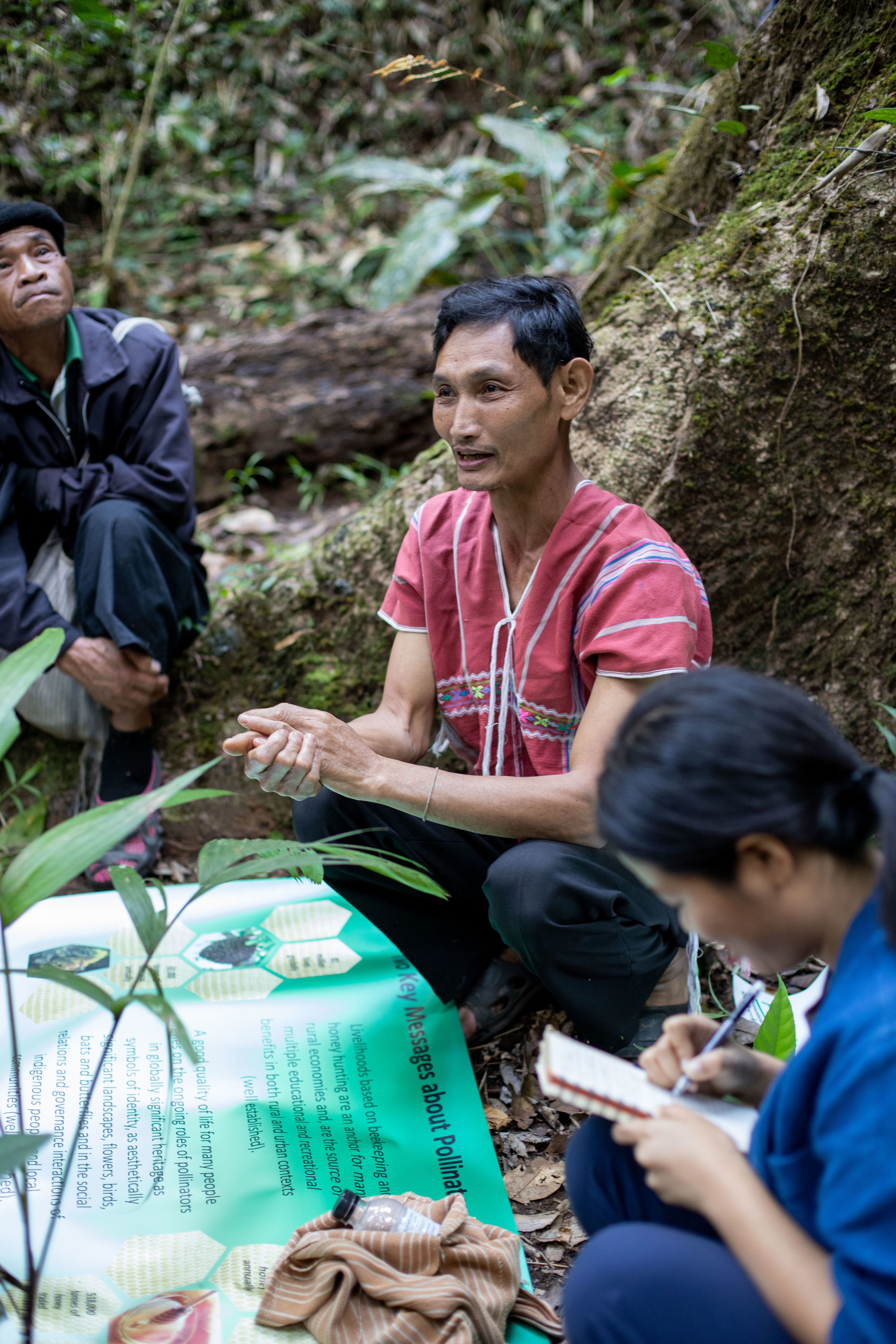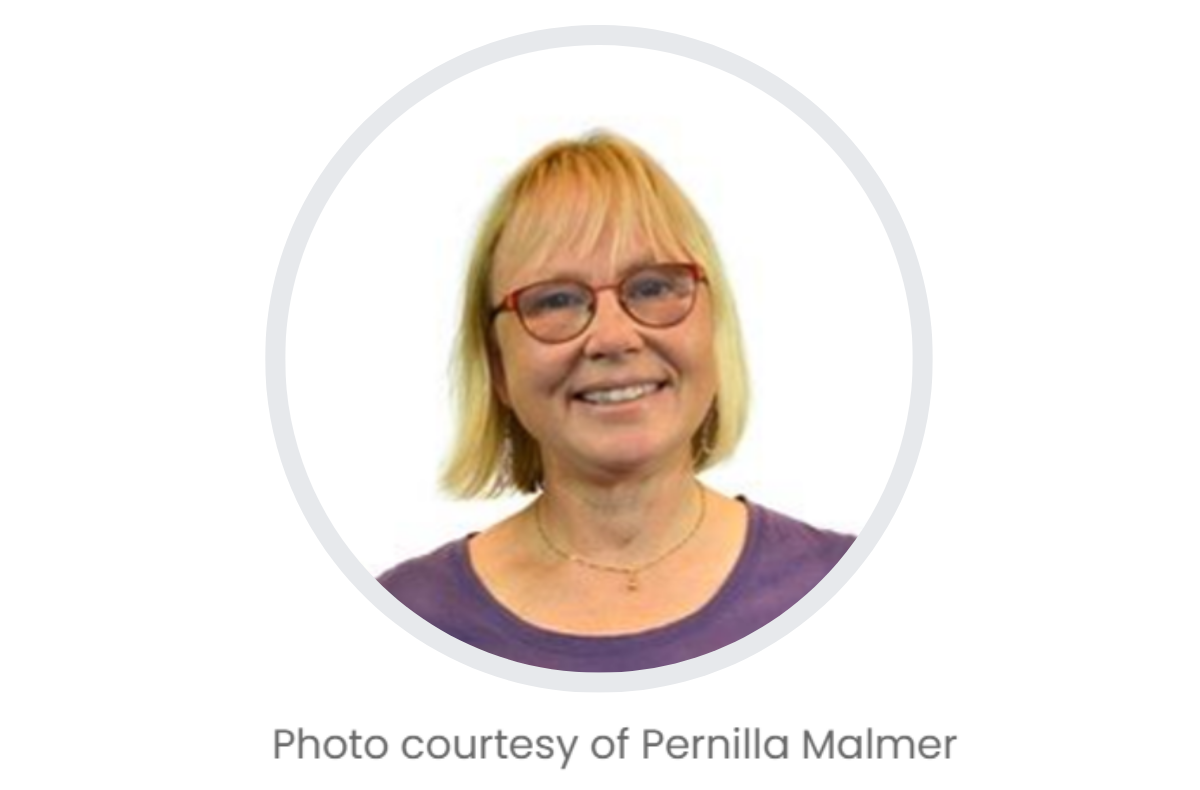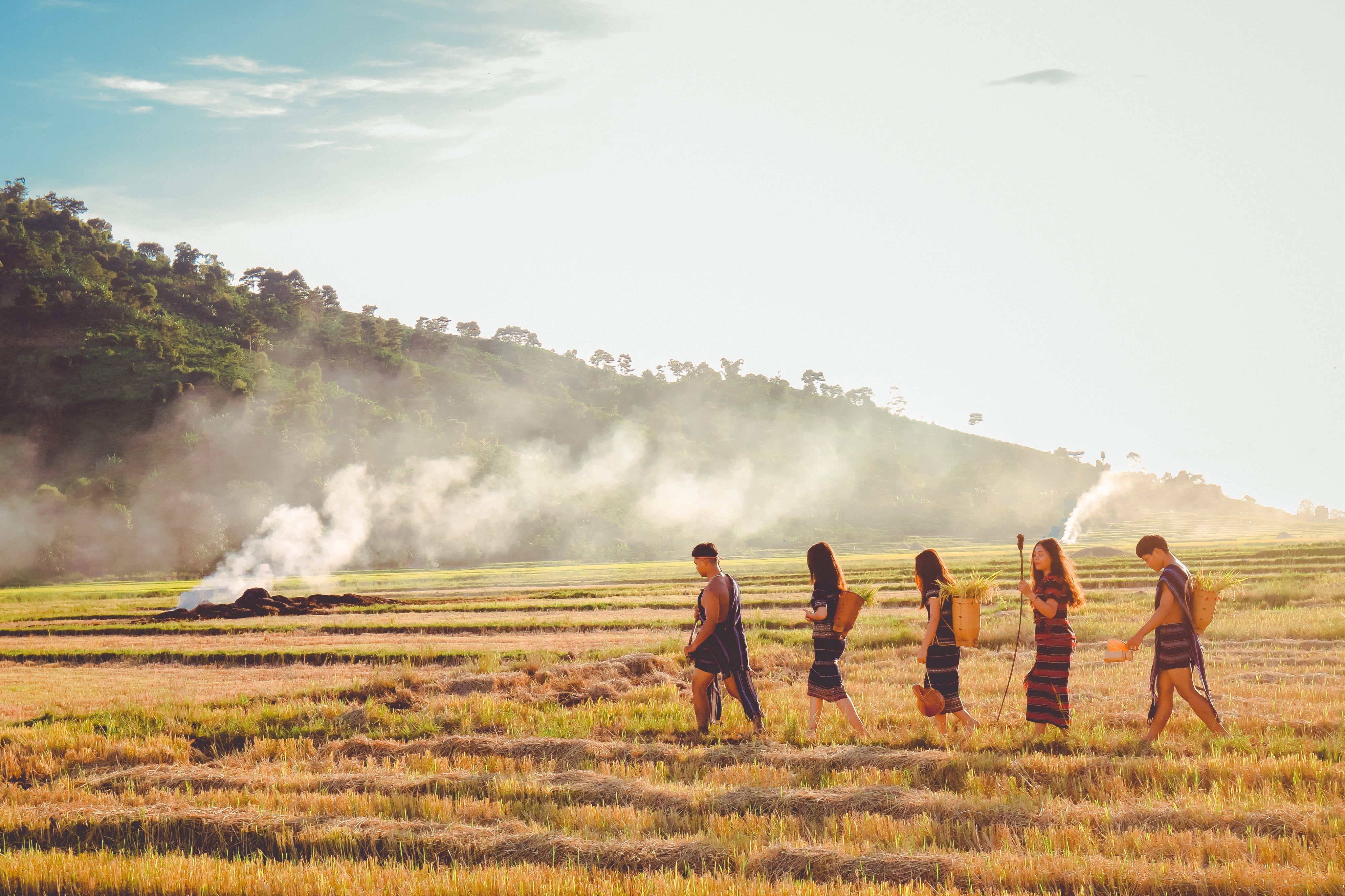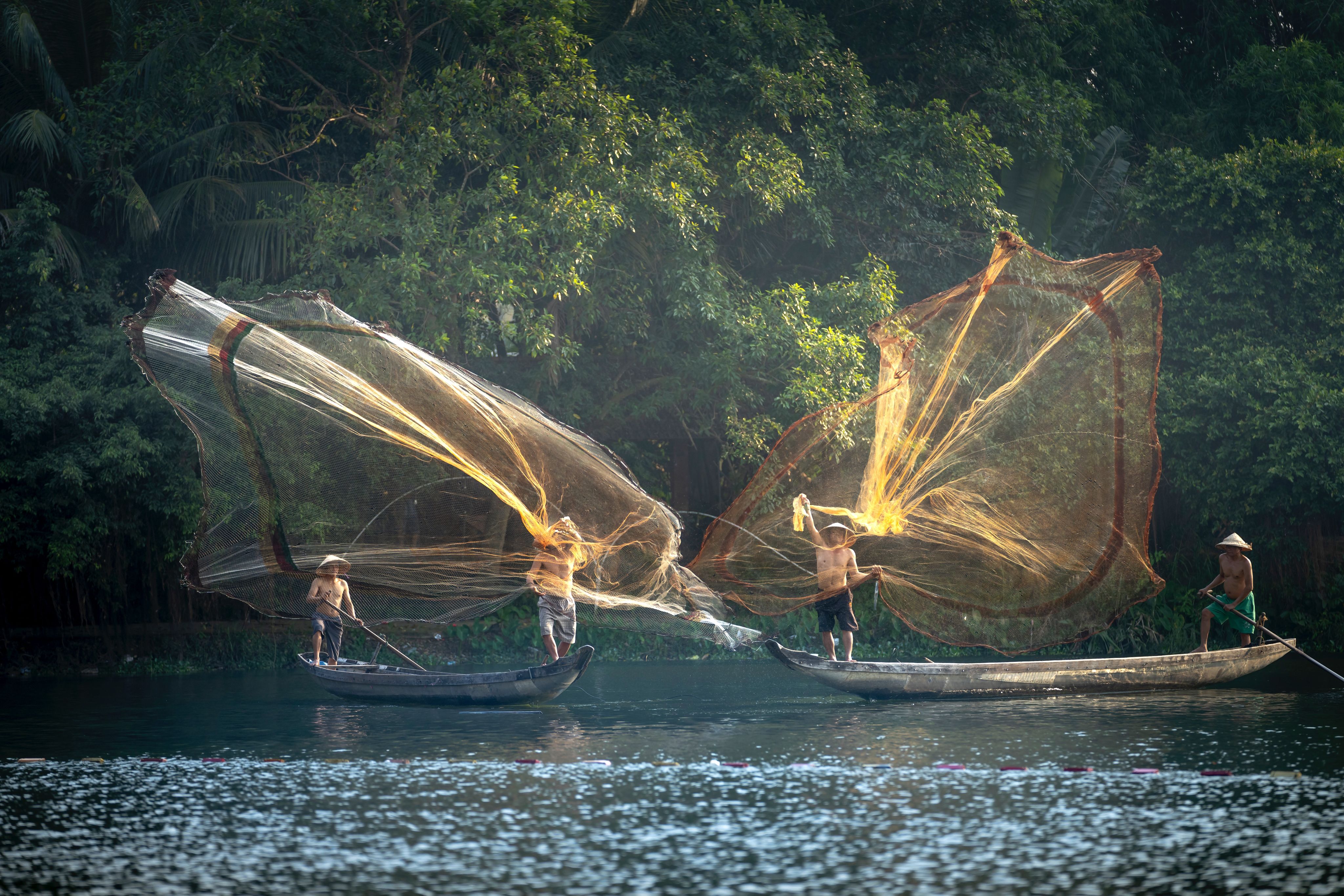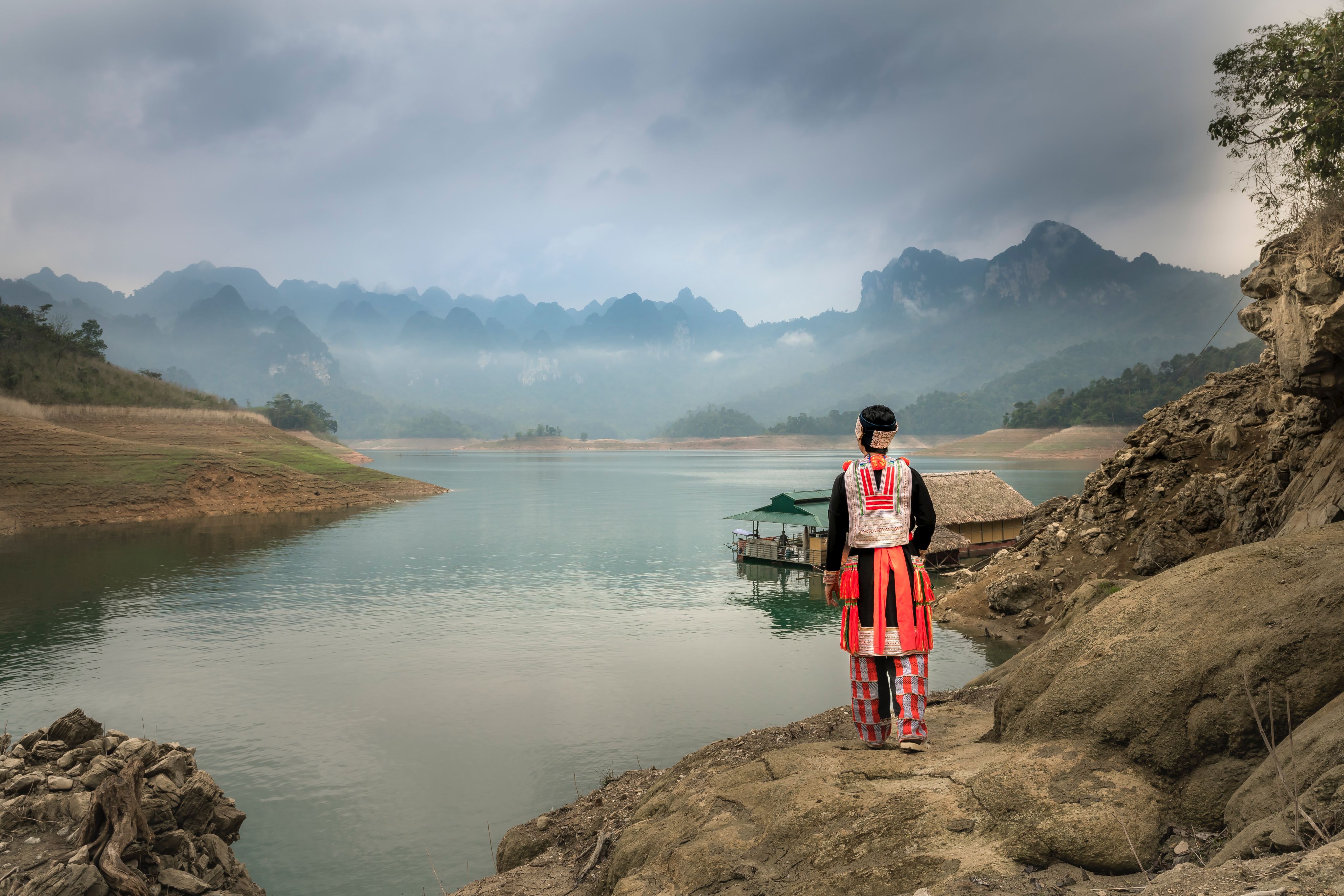SwedBio: A Human Rights-Based Approach for the New Global Biodiversity Framework
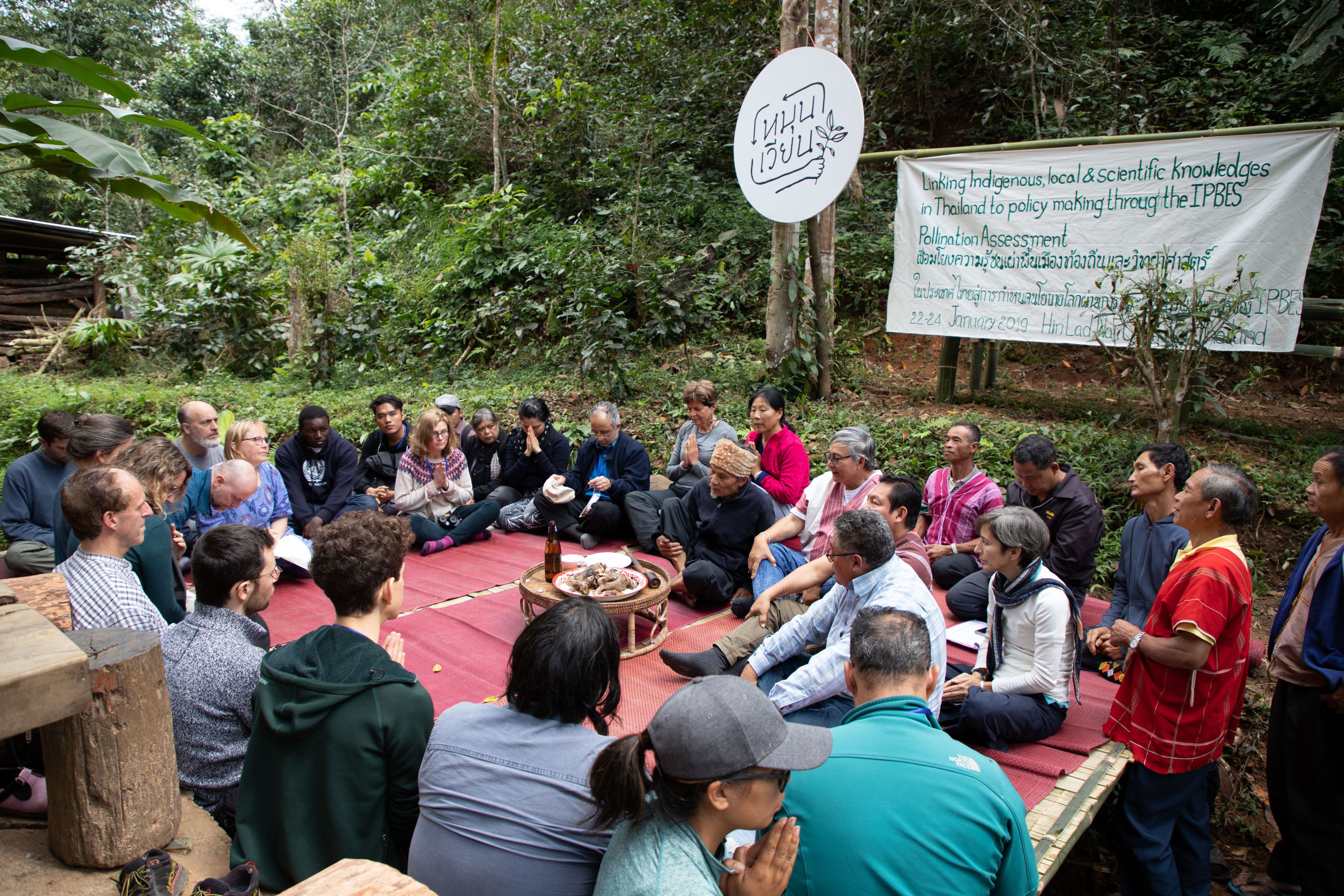
Ms. Pernilla Malmer, Senior Advisor of SwedBio at Stockholm Resilience Centre, Stockholm University. She is an agronomist by training and has been working at SwedBio since 2005 in the nexus of biodiversity, human rights and sustainable development, linking local to global scales and practice to policy and science. She is a technical expert on Article 8(j) on traditional knowledge and the full and effective participation of indigenous peoples and local communities and gender equality in the Swedish delegation for the CBD. At COP 15 in Montreal, she was the lead author for the EU on these issues.
Ms. Ashanapuri Hertz is the Programme Officer for the Climate Change and Ecosystem theme at SwedBio at Stockholm Resilience Centre. She is an environmental engineer and urban manager by training, with long practical experience in the field of climate change. Ms. Hertz has been working at SwedBio since 2020 in the nexus of biodiversity, climate change, human rights and sustainable development.
Ms. Lou Darriet is the Programme Officer for the Biocultural Diversity theme at SwedBio at Stockholm Resilience Centre. She is a social scientist with a background in international development and management and economics and works with questions related to biodiversity, human rights, gender equality, sustainable food systems and agroecology.
A conversation with SwedBio’s Pernilla Malmer, Ashanapuri Hertz and Lou Darriet on the human rights-based approach (HRBA) as a guiding principle to ensure equitable development in harmony with nature.
HRBA is one of the cross-cutting principles within SwedBio. Could you tell us more about its application in your work?

Photo by THIS IS ZUN on Pexels
Photo by THIS IS ZUN on Pexels
Photo by Quang Nguyen Vinh on Pexels
Photo by Quang Nguyen Vinh on Pexels
Pernilla Malmer (hereafter Pernilla): As a programme that focuses on promoting resilience and equitable governance of social-ecological systems, SwedBio considers HRBA to be at the core of our work. This paradigm shift sees development through a human-centred rather than needs-focused perspective. Hence, HRBA is based on power structures analysis and aims to empower people – especially those in vulnerable situations or marginalized groups, defined as rights holders – so that they can be aware of their individual and collective rights and able to claim and exercise them. At the same time, it aims to analyse the responsibility of states, their institutions and non-state actors (duty bearers) and strengthen their capacities to fulfil their obligations towards the rights holders. In other words, HRBA seeks to enable biodiversity policies and governance structures and implementers to uphold and promote human rights in order to ensure inclusive conservation, sustainable use of natural resources and equitable benefit-sharing.
SwedBio implements HRBA at all stages of its work, sharing this vision with partners upfront as the core of our working principles. As mentioned in the HRBA Policy, at SwedBio, we ensure that our work promotes the recognition, protection and fulfilment of the human rights of rights holders by engaging with partners and all actors involved to strengthen their capacity to implement human rights principles and standards.
Ashanapuri Hertz (hereafter Ashanapuri): The key human rights principles that SwedBio considers in applying HRBA are participation, linkage, accountability, non-discrimination, transparency and empowerment, as well as the indivisibility, interdependence and interrelatedness of these aspects. Inspired by a broader vision of the Swedish International Development Cooperation Agency, we find that the application of these principles helps weave human rights in our work on biodiversity conservation together with the Sustainable Development Goals and the new Kunming-Montreal Global Biodiversity Framework (GBF), which also identifies HRBA as an important consideration for its implementation.
What makes HRBA particularly relevant in working with indigenous peoples and local communities in biodiversity conservation?

Pernilla: As stated in the Global Assessment (2019) of the Intergovernmental Science-Policy Platform on Biodiversity and Ecosystem Services (IPBES), in-depth knowledge of nature held by indigenous peoples and local communities allows them to preserve the territories where they live more effectively, as nature declines less rapidly in indigenous peoples’ and local communities’ lands compared to other lands. Applying HRBA is a way to establish a respectful, equitable and meaningful engagement of indigenous peoples and local communities while leveraging their expertise in biodiversity governance. HRBA is particularly relevant in working with indigenous peoples and local communities in biodiversity conservation because it empowers them as rights holders, addresses power imbalances, ensures social and ecological resilience and tackles historical injustices.
This approach recognizes and values a special relationship that indigenous peoples and local communities have with Mother Earth: a deep connection and interdependence on their natural environment and biodiversity for their cultural, spiritual and physical well-being. Thus, the recognition and protection of their human rights, including rights to their traditional territories and natural resources, are essential for biodiversity conservation. Some deeper insights into this can be found in our handbook, Human Right to a Healthy Environment for a Thriving Earth.
By closely following the process of the fifteenth meeting of the Conference of the Parties to the Convention on Biological Diversity, do you think HRBA helped inform or drive negotiations of the Kunming-Montreal GBF?

Pernilla: During the negotiations at the early stages, the text of the framework didn’t contain the term “human rights” – which was also the case with the earlier Aichi Biodiversity Targets. This represented a huge gap and missed opportunity to leverage indigenous peoples and local communities’, women’s and youth’s capacity to contribute to biodiversity protection and environmental policies and actions. The 2020 workshop on human rights and biodiversity in Chiang Mai, Thailand, was a turning point in the negotiations in terms of bringing aspects of HRBA into the draft GBF, opening the process to a wider range of actors joining online with the support of the International Indigenous Forum on Biodiversity, the Global Youth Biodiversity Network, Women4Biodiversity and others.
Based on the joint analysis of the Human Rights in Biodiversity Working Group established on that occasion, a guidance document and a series of recommendations on incorporating HRBA into the new global framework were developed. During the negotiations, we realized with enthusiasm how those relevant recommendations were considered by the Convention on Biological Diversity parties and that many of them became part of or largely inspired the GBF and its targets. The importance of the indigenous and traditional territories is recognized throughout the GBF and is a core part of the effective area-based conservation measures, including Target 3: traditional knowledge and free prior and informed consent. The contribution of customary sustainable use to biodiversity conservation is also recognized. The new Target 23 on gender equality and equal opportunity and the capacity for women and girls to contribute to the three objectives of the convention is also an important part of this.
Lou Darriet (hereafter Lou): In fact, we particularly welcomed the way Target 22 came out, making it clear that biodiversity actions require a full, equitable, inclusive, effective and gender-responsive approach and participation in the decision-making of indigenous peoples and local communities, women and girls, children and youth and persons with disabilities. It also refers to one of the recommendations from the Human Rights in Biodiversity Working Group dedicated to protecting environmental human rights defenders, whose position is highly vulnerable in contexts where HRBA is needed the most.
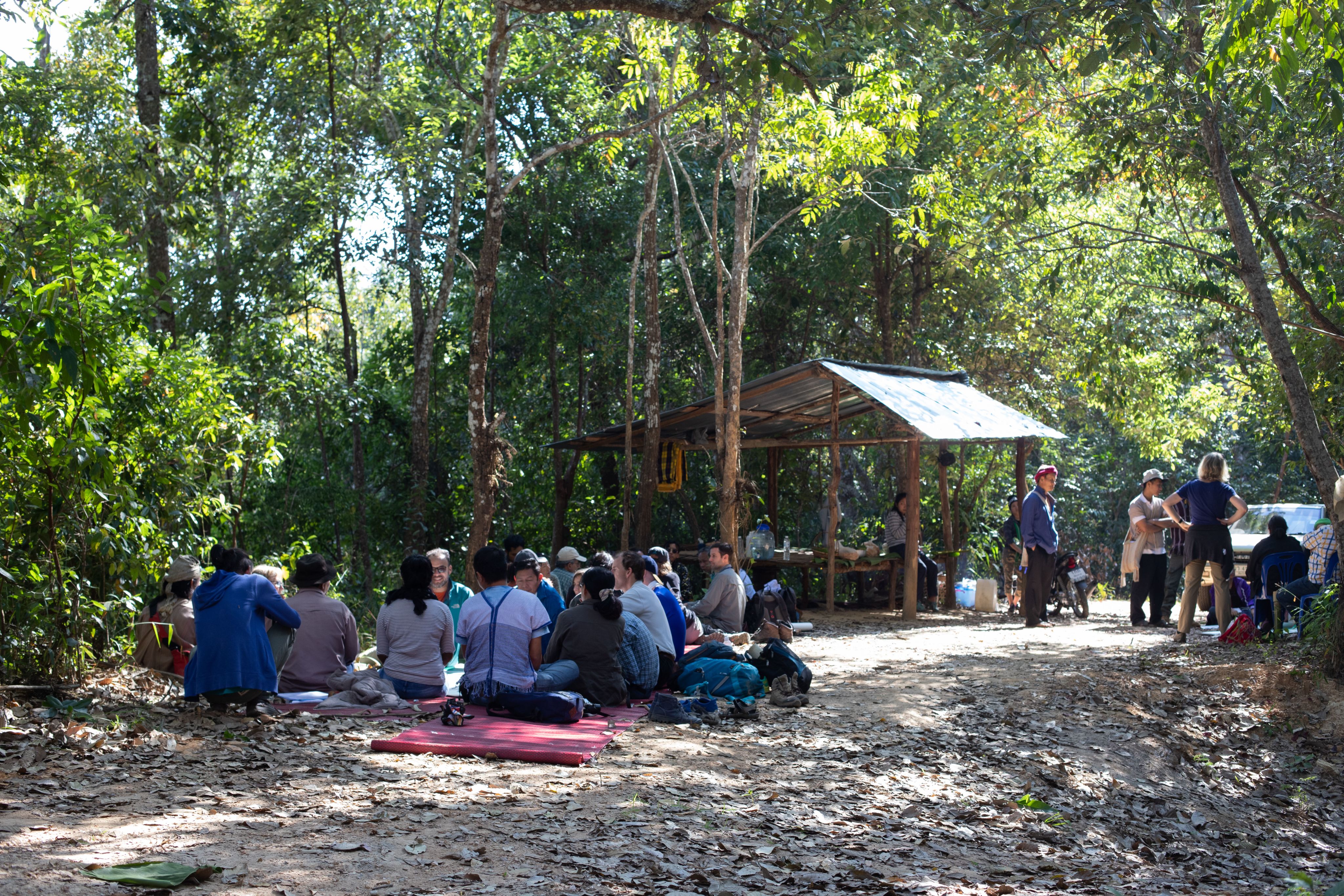
What are HRBA’s contributions and added value when it comes to monitoring and reporting on the indigenous peoples and local communities dimension of the GBF?

Photo by Quang Nguyen Vinh on Pexels
Photo by Quang Nguyen Vinh on Pexels
Lou: HRBA is particularly relevant in achieving GBF Target 3 because it recognizes the importance of addressing the underlying drivers of biodiversity loss, ensuring the participation of indigenous peoples and local communities in decision-making processes (especially in protected area systems), addressing power imbalances and integrating human rights into the development of cross-sectoral strategies.
In terms of monitoring Target 3 (30x30) in GBF, HRBA provides a lens to measure success beyond protected area coverage. It also includes qualitative elements, such as equitable governance, recognizing the form of governance of lands and territories, taking into consideration the areas where there is a risk of human rights violations or carrying out an assessment that is not just an environmental assessment but also ensures the application of a human rights-based approach when designing new protected areas.
What challenges and opportunities do you envision in implementing HRBA in rolling out the Kunming-Montreal GBF?

Pernilla: Lack of awareness and capacity often represents a fundamental challenge both for the rights holders and duty bearers. This needs to be addressed to guarantee or increase their participation and accountability. However, raising awareness is not enough, as there are parts of the world where the resistance to change and the absence of willingness to mainstream the human rights agenda are the main obstacles.
On the other hand, applying HRBA in GBF-related actions is an opportunity for duty bearers to demonstrate capacity to effectively tackle multiple interconnected issues together, such as addressing the root causes of biodiversity loss and poverty, empowering communities in the most vulnerable situations and building trust and working together with them. It will be of particular importance when updating the National Biodiversity Strategy and Action Plans (NBSAP).
Ashanapuri: Implementing HRBA in rolling out the GBF will require significant efforts and resources, but it provides an opportunity to take advantage of the traditional knowledge and practices of indigenous peoples and local communities for biodiversity conservation, increase their resilience, strengthen biodiversity protection, ensure social and ecological resilience and build trust and constructive relationships between actors (rights holders and duty bearers). In addition, the update of the NBSAP agreed on as part of the package of the Kunming-Montreal GBF decision before COP16 is a great opportunity.
Please share one case or story where you experienced the difference made by the HRBA in protecting nature and humans.

Pernilla: The dialogue established among indigenous peoples, policymakers and scientists on pollinators and pollination services in Thailand is an excellent example of how HRBA can create bridges based on equitable and respectful knowledge exchange.
In 2019, the Karen community of Hin Lad Nai in Chiang Rai, Thailand, hosted a workshop to reflect on the key messages from the IPBES Assessment Report on Pollinators, Pollination and Food Production (2017). Co-designed by the Inter Mountain Peoples Education and Culture in Thailand Association and the Pgakenyaw Association for Sustainable Development, together with SwedBio and the United Nations Educational, Scientific and Cultural Organization, the dialogue became an opportunity for sharing an indigenous perspective to promote the conservation of pollinators and pollination services while providing a safe space for the Karen community to voice their concerns about the impacts of development projects, such as large-scale agriculture and infrastructure, on their lands and territories.
During the walking workshop, the participants were guided by Karen elders and pollination experts from the community in the forest and rotational farming fields. That experience of equity and reciprocity enabled open discussion with scientists and policymakers on boundaries and linkages across diverse knowledge systems.
The process of trust-building, intercultural sharing, learning and knowledge co-production helped bridge the gap between and among policymakers and the Karen community. Based on the acknowledgement of community rights, the Government has defined Hin Lad Nai, and most recently Mae Hong Son Province, as a “Special Cultural Zone”, building on the 2010 Cabinet Resolution 20210, Recovering the Karen Livelihood in Thailand – a mechanism to formally recognize their cultural rights and ancestral territories.
We look forward to building on this experience and supporting mainstreaming indigenous and local perspectives and their knowledge and HRBA through various activities, including the ongoing national ecosystem assessments in collaboration with BES-Net!
